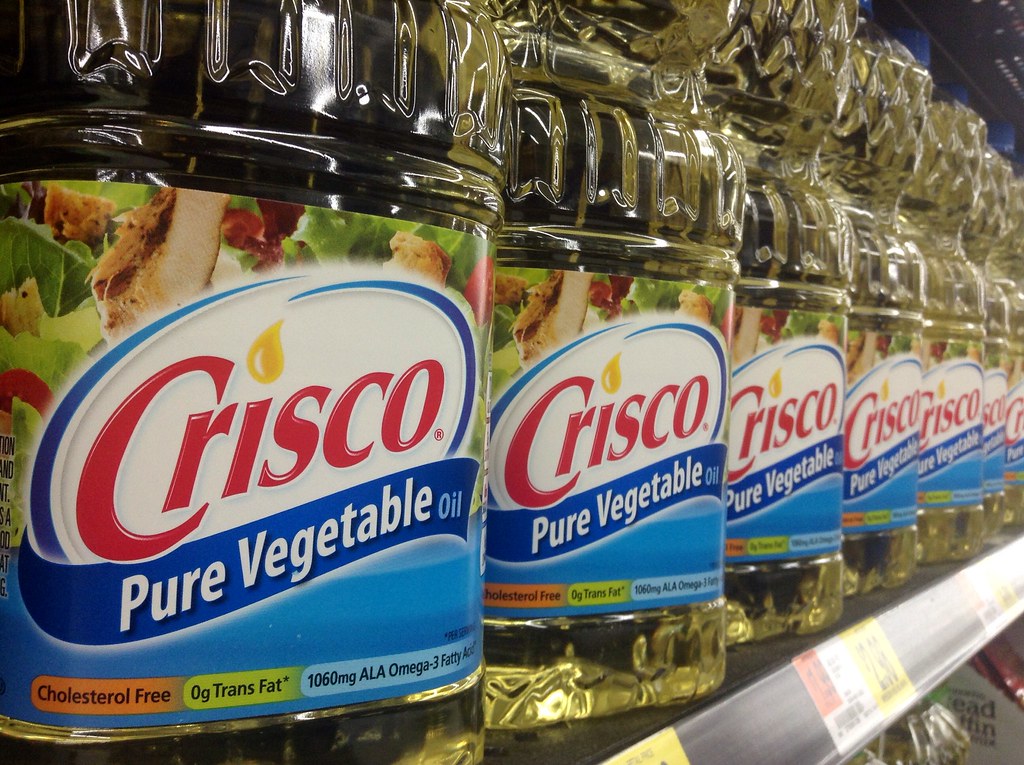Although it is frequently used as a cooking ingredient, have you ever wondered if vegetable oil evaporates similarly to water? Although it might seem like a straightforward question, the solution is trickier than you might think. We’ll look at the science of evaporation and how it relates to vegetable oil in this blog post. We’ll also talk about variables that can influence evaporation rate and whether or not oil can totally evaporate. This post is for you if you’re a home cook or are just interested in the characteristics of vegetable oil. Let’s dig in and discover the intriguing realm of oil evaporation, then!
Vegetable oil does evaporate, but because of its chemical makeup, it does so more slowly than water. Vegetable oil is composed of nonpolar molecules, in contrast to water, which is a polar molecule that easily forms hydrogen bonds. This indicates that compared to water, the intermolecular interactions holding vegetable oil molecules together are weaker. Vegetable oil evaporation is consequently slower than that of water, but it nonetheless occurs.
Vegetable oil evaporates at a different rate depending on the temperature, humidity, and surface area exposed to the air. A bigger surface area of oil exposed to air and higher temperatures and lower humidity levels all hasten the evaporation process.
It’s crucial to understand that when vegetable oil evaporates, it does not entirely vanish. When oil evaporates, it leaves behind a residue that, if not properly cleaned, can accumulate on surfaces and possibly pose a fire risk. If the oil is repurposed, this residue may potentially have an impact on the taste and quality of food.

What is the smoke point of vegetable oil, and why is it important?
The temperature at which a vegetable oil starts to degrade and smoke is known as the smoke point. The oil can produce dangerous substances and give meals a charred taste when heated past its smoke threshold. Vegetable oils have different smoke points based on the type, degree of refining, and additional variables including age and impurity levels.
When selecting an oil for cooking, the smoke point of the oil is crucial to take into account, especially for high-temperature cooking techniques like frying, searing, and roasting. A burnt taste and hazardous smoke and fumes can be produced by using an oil with a low enough smoke point. Acrolein, a chemical that harms the respiratory system and eyes, is another byproduct of oils that have passed their smoke point.
Common vegetable oils and their smoke points include:
- Avocado oil: 520°F (271°C)
- Canola oil: 400-450°F (204-232°C)
- Coconut oil (refined): 450°F (232°C)
- Olive oil (extra-virgin): 325-375°F (163-191°C)
- Peanut oil: 450°F (232°C)
- Soybean oil: 450°F (232°C)
It is crucial to remember that a number of variables, including the oil’s quality, the type of frying utensil used, and the amount of time the oil is heated, can have an impact on an oil’s smoke point. It is advised to use an oil with a smoke point suitable for the chosen cooking method and to carefully check the oil’s temperature while cooking in order to ensure safe and high-quality cooking.

Does vegetable oil need to reach its smoke point to evaporate?
Vegetable oil does not have to burn in order to evaporate. At temperatures below the smoke point, evaporation can take place when a liquid transforms into a vapour or gas. However, vegetable oil’s smoke point is typically lower than its boiling point, which is the temperature at which it begins to boil and transform into a gas.
Through a process known as “convection,” which happens when heat causes the molecules in the oil to move and escape as vapour, vegetable oils can evaporate at lower temperatures. This can take place while cooking, as well as when something is stored or exposed to heat.
Can vegetable oil be reused, and if so, how many times?
Vegetable oil can be recycled, but it’s crucial to apply the right handling and storage methods to keep the oil safe and of superior quality. Vegetable oil can be reused a certain number of times, depending on a variety of variables, including the type of oil, the technique of cooking, and the presence of any pollutants.
Vegetable oil should be strained before reusing since any remaining food particles or trash could speed up the breakdown process. To avoid oxidation and the onset of rancidity, it’s also crucial to store the oil in a cold, dark location.
Depending on the oil type and the technique of cooking, vegetable oil can be reused a variety of times. Oils having a higher smoke point, such olive oil or peanut oil, can, for instance, often be used more times than oils with a lower smoke point, like canola or canola oil. Additionally, cooking food at a high temperature can shorten the oil’s shelf life and raise the possibility of toxic compounds forming in the oil.
Vegetable oil should only be reused three to four times, according to popular wisdom, after which the oil’s quality and safety may be jeopardised. It’s also crucial to keep in mind that some dishes, like fish or those with strong flavours, might leave behind lingering flavours in the oil that can alter the flavour of subsequent batches of food cooked in the oil.
Relevant Articles
Is It Safe To Heat Olive Oil In The Microwave?
What Happens If I Accidentally Put Olive Oil In Fridge?
Are Red Chillies Hotter Than Green? Does Their Color Make A Difference?

Comments are closed